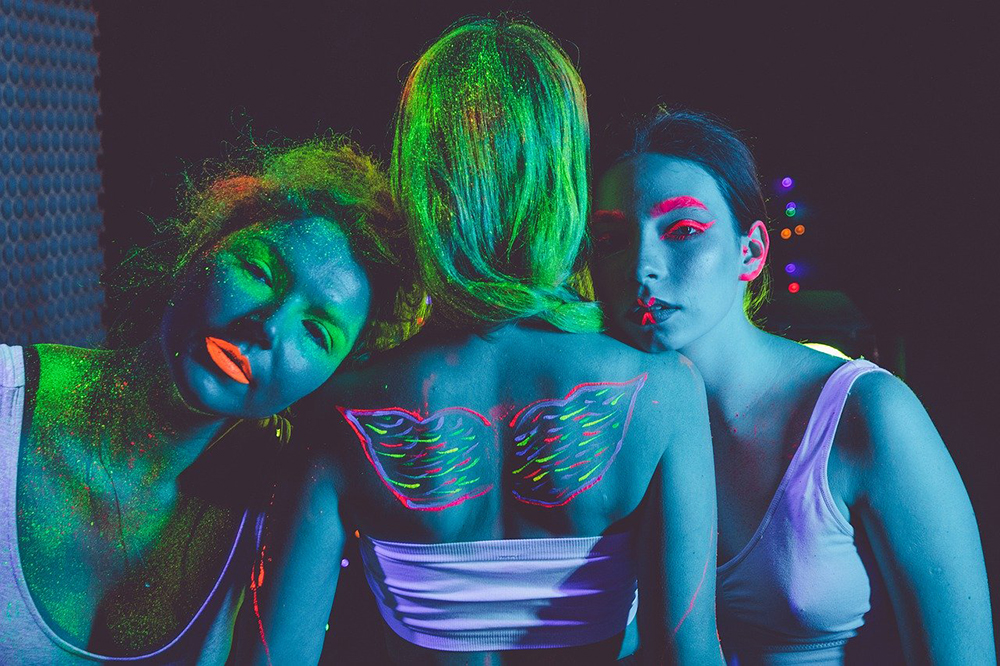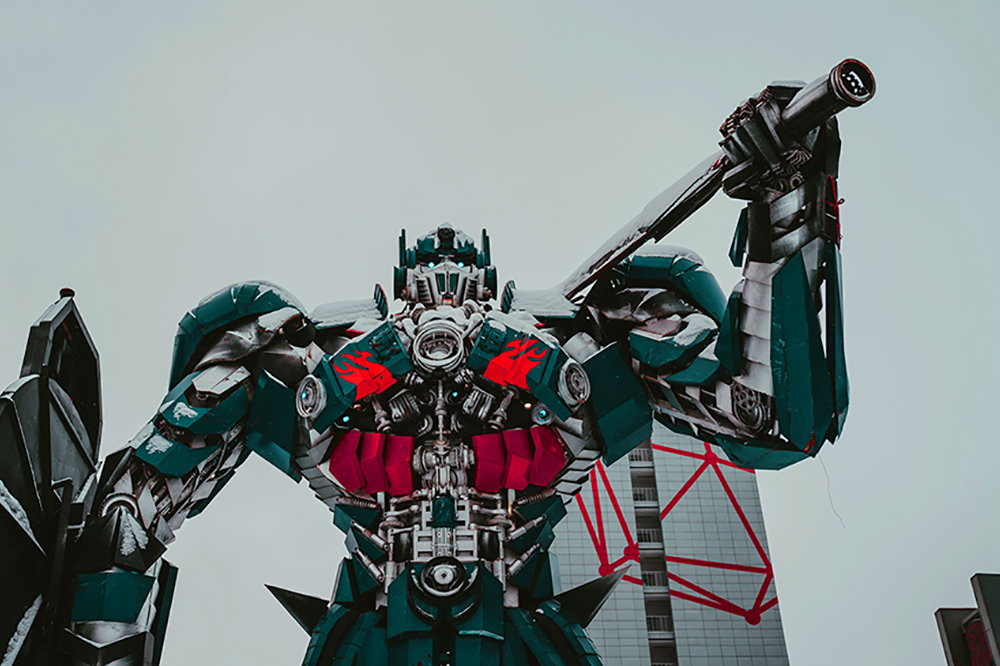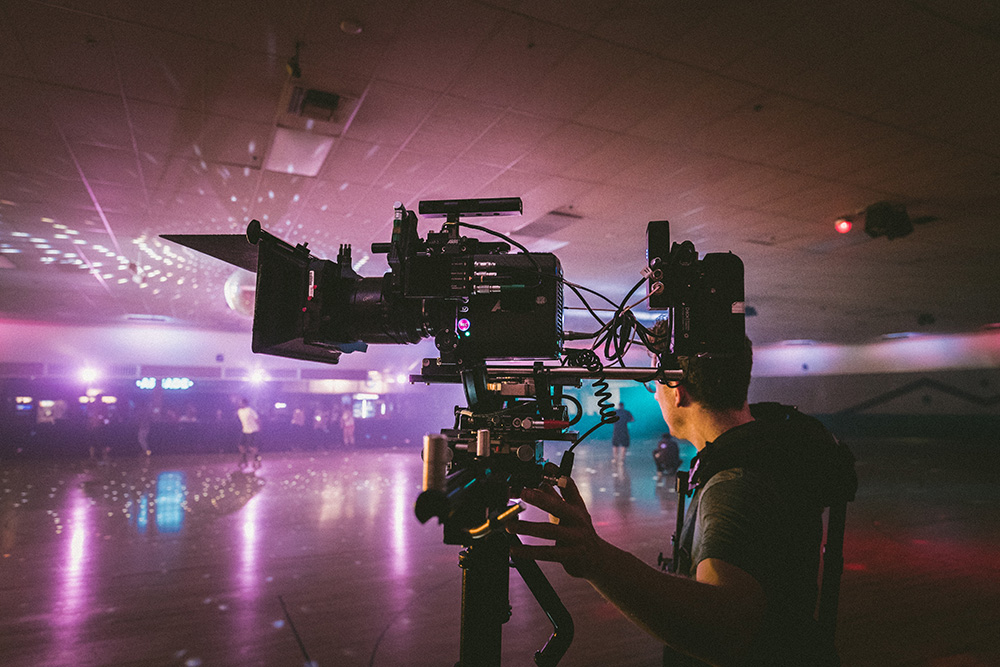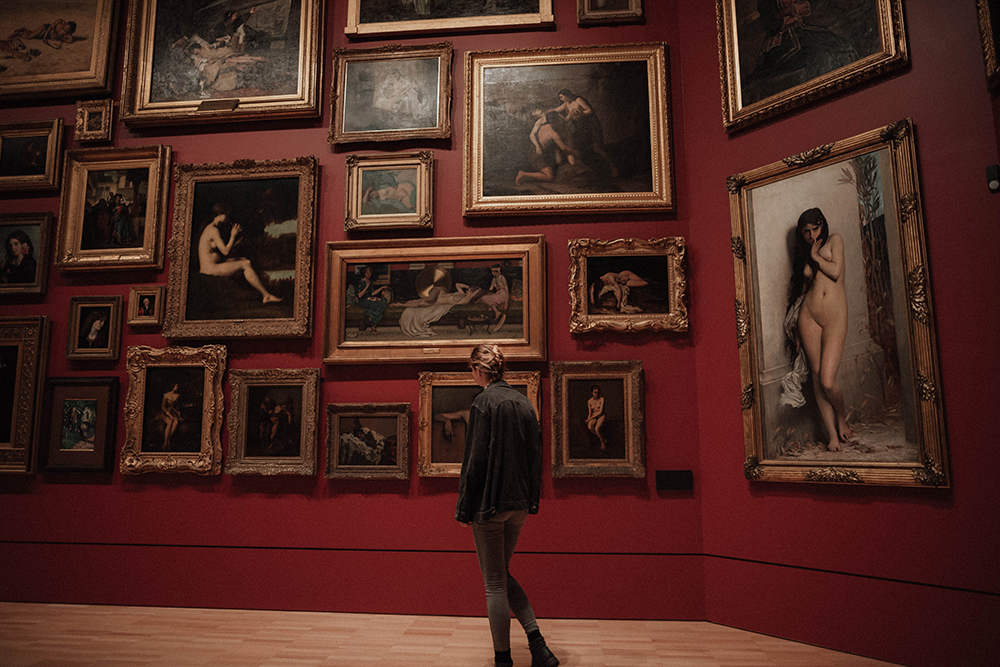The company Neon picks up an old concept with its Neons, namely that of avatars. Twenty years ago, Oliver Bendel distinguished between two different types in the Lexikon der Wirtschaftsinformatik. With reference to the second, he wrote: “Avatars, on the other hand, can represent any figure with certain functions. Such avatars appear on the Internet – for example as customer advisors and newsreaders – or populate the adventure worlds of computer games as game partners and opponents. They often have an anthropomorphic appearance and independent behaviour or even real characters …” (Lexikon der Wirtschaftsinformatik, 2001, own translation) It is precisely this type that the company, which is part of the Samsung Group and was founded by Pranav Mistry, is now adapting, taking advantage of today’s possibilities. “These are virtual figures that are generated entirely on the computer and are supposed to react autonomously in real time; Mistry spoke of a latency of less than 20 milliseconds.” (Heise Online, 8 January 2019, own translation) The neons are supposed to show emotions (as do some social robots that are conquering the market) and thus facilitate and strengthen bonds. “The AI-driven character is neither a language assistant a la Bixby nor an interface to the Internet. Instead, it is a friend who can speak several languages, learn new skills and connect to other services, Mistry explained at CES.” (Heise Online, 8 January 2019, own translation)
AI Workshop at the University of Potsdam
In 2018, Dr. Yuefang Zhou and Prof. Dr. Martin Fischer initiated the first international workshop on intimate human-robot relations at the University of Potsdam, “which resulted in the publication of an edited book on developments in human-robot intimate relationships”. This year, Prof. Dr. Martin Fischer, Prof. Dr. Rebecca Lazarides, and Dr. Yuefang Zhou are organizing the second edition. “As interest in the topic of humanoid AI continues to grow, the scope of the workshop has widened. During this year’s workshop, international experts from a variety of different disciplines will share their insights on motivational, social and cognitive aspects of learning, with a focus on humanoid intelligent tutoring systems and social learning companions/robots.” (Website Embracing AI) The international workshop “Learning from Humanoid AI: Motivational, Social & Cognitive Perspectives” will take place on 29 and 30 November 2019 at the University of Potsdam. Keynote speakers are Prof. Dr. Tony Belpaeme, Prof. Dr. Oliver Bendel, Prof. Dr. Angelo Cangelosi, Dr. Gabriella Cortellessa, Dr. Kate Devlin, Prof. Dr. Verena Hafner, Dr. Nicolas Spatola, Dr. Jessica Szczuka, and Prof. Dr. Agnieszka Wykowska. Further information is available at embracingai.wordpress.com/.
Talk to Transformer
Artificial intelligence is spreading into more and more application areas. American scientists have now developed a system that can supplement texts: “Talk to Transformer”. The user enters a few sentences – and the AI system adds further passages. “The system is based on a method called DeepQA, which is based on the observation of patterns in the data. This method has its limitations, however, and the system is only effective for data on the order of 2 million words, according to a recent news article. For instance, researchers say that the system cannot cope with the large amounts of data from an academic paper. Researchers have also been unable to use this method to augment texts from academic sources. As a result, DeepQA will have limited application, according to the researchers. The scientists also note that there are more applications available in the field of text augmentation, such as automatic transcription, the ability to translate text from one language to another and to translate text into other languages.” The sentences in quotation marks are not from the author of this blog. They were written by the AI system itself. You can try it via talktotransformer.com.
Honey, I shrunk the AI
Some months ago, researchers at the University of Massachusetts showed the climate toll of machine learning, especially deep learning. Training Google’s BERT, with its 340 million data parameters, emitted nearly as much carbon as a round-trip flight between the East and West coasts. According to Technology Review, the trend could also accelerate the concentration of AI research into the hands of a few big tech companies. “Under-resourced labs in academia or countries with fewer resources simply don’t have the means to use or develop such computationally expensive models.” (Technology Review, 4 October 2019) In response, some researchers are focused on shrinking the size of existing models without losing their capabilities. The magazine wrote enthusiastically: “Honey, I shrunk the AI” (Technology Review, 4 October 2019) There are advantages not only with regard to the environment and to the access to state-of-the-art AI. According to Technology Review, tiny models will help bring the latest AI advancements to consumer devices. “They avoid the need to send consumer data to the cloud, which improves both speed and privacy. For natural-language models specifically, more powerful text prediction and language generation could improve myriad applications like autocomplete on your phone and voice assistants like Alexa and Google Assistant.” (Technology Review, 4 October 2019)
Towards Full Body Fakes
“Within the field of deepfakes, or ‘synthetic media’ as researchers call it, much of the attention has been focused on fake faces potentially wreaking havoc on political reality, as well as other deep learning algorithms that can, for instance, mimic a person’s writing style and voice. But yet another branch of synthetic media technology is fast evolving: full body deepfakes.” (Fast Company, 21 September 2019) Last year, researchers from the University of California Berkeley demonstrated in an impressive way how deep learning can be used to transfer dance moves from a professional onto the bodies of amateurs. Also in 2018, a team from the University of Heidelberg published a paper on teaching machines to realistically render human movements. And in spring of this year, a Japanese company developed an AI that can generate whole body models of nonexistent persons. “While it’s clear that full body deepfakes have interesting commercial applications, like deepfake dancing apps or in fields like athletics and biomedical research, malicious use cases are an increasing concern amid today’s polarized political climate riven by disinformation and fake news.” (Fast Company, 21 September 2019) Was anyone really in this area, did he or she really take part in a demonstration and throw stones? In the future you won’t know for sure.
Ethics in AI for Kids and Teens
In summer 2019, Blakeley Payne ran a very special course at MIT. According to an article in Quartz magazine, the graduate student had created an AI ethics curriculum to make kids and teens aware of how AI systems mediate their everyday lives. “By starting early, she hopes the kids will become more conscious of how AI is designed and how it can manipulate them. These lessons also help prepare them for the jobs of the future, and potentially become AI designers rather than just consumers.” (Quartz, 4 September 2019) Not everyone is convinced that artificial intelligence is the right topic for kids and teens. “Some argue that developing kindness, citizenship, or even a foreign language might serve students better than learning AI systems that could be outdated by the time they graduate. But Payne sees middle school as a unique time to start kids understanding the world they live in: it’s around ages 10 to 14 year that kids start to experience higher-level thoughts and deal with complex moral reasoning. And most of them have smartphones loaded with all sorts of AI.” (Quartz, 4 September 2019) There is no doubt that the MIT course could be a role model for schools around the world. The renowned university once again seems to be setting new standards.
Fighting Deepfakes with Deepfakes
A deepfake (or deep fake) is a picture or video created with the help of artificial intelligence that looks authentic but is not. Also the methods and techniques in this context are labeled with the term. Machine learning and especially deep learning are used. With deepfakes one wants to create objects of art and visual objects or means for discreditation, manipulation and propaganda. Politics and pornography are therefore closely interwoven with the phenomenon. According to Futurism, Facebook is teaming up with a consortium of Microsoft researchers and several prominent universities for a “Deepfake Detection Challenge”. “The idea is to build a data set, with the help of human user input, that’ll help neural networks detect what is and isn’t a deepfake. The end result, if all goes well, will be a system that can reliably fake videos online. Similar data sets already exist for object or speech recognition, but there isn’t one specifically made for detecting deepfakes yet.” (Futurism, 5 September 2019) The winning team will get a prize – presumably a higher sum of money. Facebook is investing a total of 10 million dollars in the competition.
An AI System for Multiple-choice Tests
According to the New York Times, the Allen Institute for Artificial Intelligence unveiled a new system that correctly answered more than 90 percent of the questions on an eighth-grade science test and more than 80 percent on a 12th-grade exam. Is it really a breakthrough for AI technology, as the title of the article claims? This is a subject of controversy among experts. The newspaper is optimistic: “The system, called Aristo, is an indication that in just the past several months researchers have made significant progress in developing A.I. that can understand languages and mimic the logic and decision-making of humans.” (NYT, 4 September 2019) Aristo was built for multiple-choice tests. “It took standard exams written for students in New York, though the Allen Institute removed all questions that included pictures and diagrams.” (NYT, 4 September 2019) Some questions could be answered by simple information retrieval. There are numerous systems that access Google and Wikipedia, including artifacts of machine ethics like LIEBOT and BESTBOT. But for the answers to other questions logical thinking was required. Perhaps Aristo is helping to abolish multiple-choice tests – not so much because it can solve them, but because they are often not effective.
China’s Brain Drain
“China’s AI talent base is growing, and then leaving” – this is what Joy Dantong Ma writes in an article with the same title. Artificial intelligence is promoted in the People’s Republic in various ways. Money is invested in technologies, institutions, and people. “China has been successful in producing AI talent, evidenced by the rapid growth of AI human capital over the last decade.” (MacroPolo, 30 July 2019) This seems to be good news for the country in the Far East. But the study to which the article refers comes to a different conclusion. While “Beijing has cultivated an army of top AI talent, well over half of that talent eventually ended up in America rather than getting hired by domestic companies and institutions”. “That’s because most of the government resources went into expanding the talent base rather than creating incentives and an environment in which they stay.” (MacroPolo, 30 July 2019) According to Joy Dantong Ma, Beijing seems to have recognized its failure in retaining talent. “The well-known New Generation Artificial Intelligence Development Plan, released in 2017, vowed to lure top-notch AI scientists in neural network, machine learning, self-driving cars, and intelligent robotics by opening up special channels and offering up competitive compensation packages. Still, it’s not clear that Beijing will be able to reverse the Chinese AI brains from draining to its biggest competitor, the United States.” (MacroPolo, 30 July 2019) Does the USA even want the talents? That is anything but clear in these times.
Unknown Links between Classic Artworks
Can machine vision detect unknown connections between famous or classic artworks? This seems to be the case, as the work of Tomas Jenicek and Ondřej Chum shows. In their paper “Linking Art through Human Poses” they write: “We address the discovery of composition transfer in artworks based on their visual content. Automated analysis of large art collections, which are growing as a result of art digitization among museums and galleries, is an important tool for art history and assists cultural heritage preservation. Modern image retrieval systems offer good performance on visually similar artworks, but fail in the cases of more abstract composition transfer. The proposed approach links artworks through a pose similarity of human figures depicted in images.” (Abstract) Human figures are the subject of many paintings from the Middle Ages to the Modern Age and their unmistakable poses have often been a source of inspiration among artists. Think of “Sleeping Venus” by Giorgione, “Venus of Urbino” by Titian and “Olympia” by Édouard Manet – paintings with similarities and correlations. The method of the two scientists consists of fast pose matching and robust spatial verification. They “experimentally show that explicit human pose matching is superior to standard content-based image retrieval methods on a manually annotated art composition transfer dataset” (Abstract). The paper can be downloaded via arxiv.org/abs/1907.03537.









